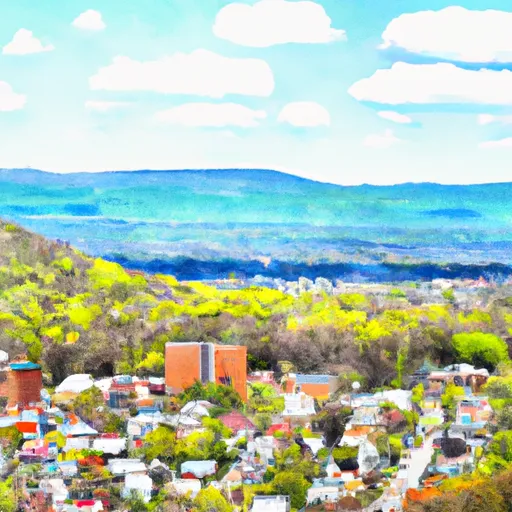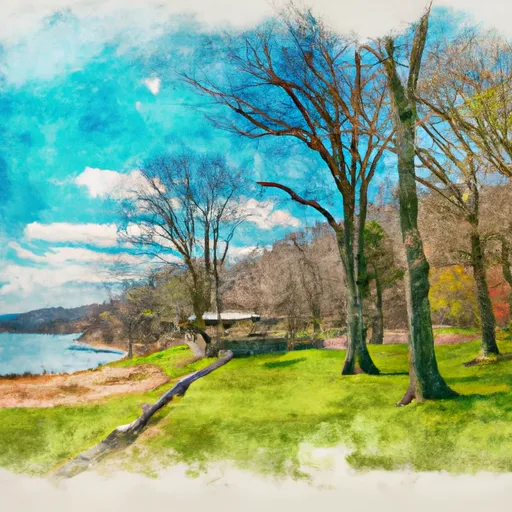°F
°F
mph
Windspeed
%
Humidity











Shenandoah-Caver, Virginia is a picturesque region located in the Shenandoah Valley, known for its stunning natural beauty and abundant outdoor recreation opportunities. The climate in Shenandoah-Caver is generally mild, with warm summers and cool winters. Annual precipitation is evenly spread throughout the year, providing lush greenery and flourishing ecosystems.
The area is characterized by its unique hydrology constituents, which include numerous caves and underground water systems. Shenandoah-Caver is home to the famous Shenandoah Caverns, a natural wonder featuring stunning formations and crystal clear underground streams. The underground water systems play a vital role in maintaining the region's ecological balance.
Outdoor enthusiasts will find a plethora of recreational activities to enjoy in Shenandoah-Caver. Hiking and camping are popular pursuits, with numerous trails offering breathtaking views of the surrounding mountains and valleys. The Shenandoah River is a great spot for fishing, kayaking, and canoeing. The region also boasts excellent opportunities for birdwatching, wildlife observation, and photography.
Overall, Shenandoah-Caver, Virginia presents a perfect blend of natural beauty, diverse hydrology constituents, and exciting outdoor recreation opportunities for nature enthusiasts and adventure seekers alike.
Weather Forecast
Shenandoah-Caver receives approximately 930mm of rain per year, with humidity levels near 78% and air temperatures averaging around 12°C. Shenandoah-Caver has a plant hardyness factor of 6, meaning plants and agriculture in this region thrive during a short period during spring and early summer. Most plants will die off during the colder winter months.
Regional Streamflow Levels
145
Cubic Feet Per Second
119
Cubic Feet Per Second
70
Cubic Feet Per Second
191
Cubic Feet Per Second
Nearby Camping
| Camping Area | Reservations | Toilets | Showers |
|---|---|---|---|
| Rocky Gap State Park | |||
| Trout Pond | |||
| Hawk | |||
| Short Mountain WMA | |||
| Camp Roosevelt | |||
| Spring Gap - C and O Canal National Park |



